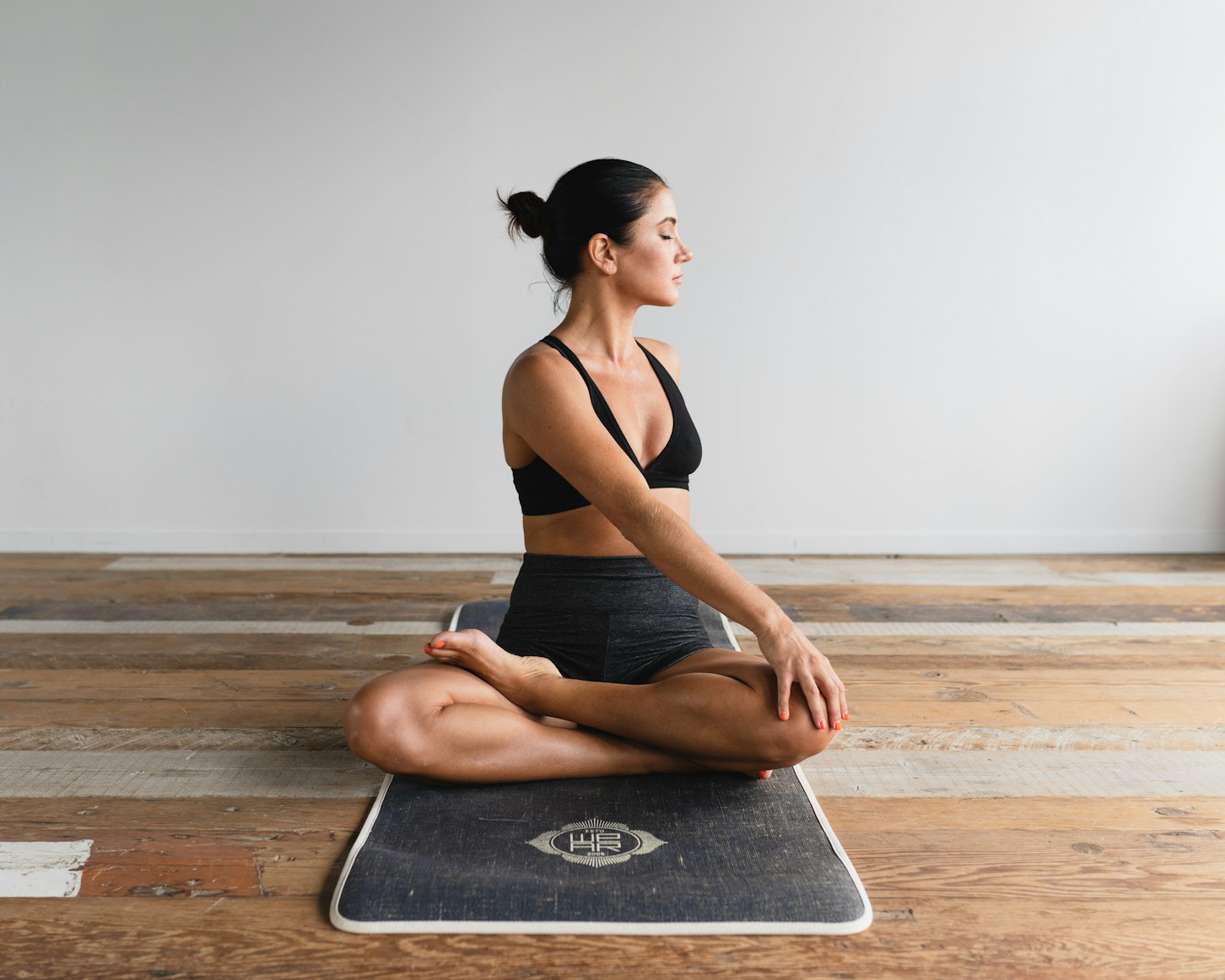Jan. 18, 2024
Yoga for Low Back Pain Relief: Cobra Pose without Pain
Follow this guide to learn how to practice backbends that reduce low back pain.
Low Back Pain in Backbends
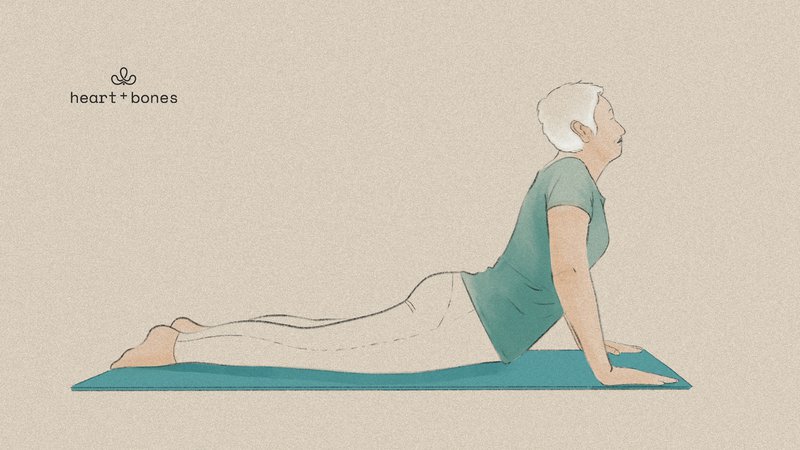
If you're experiencing lower back discomfort during backbends, rest assured, you're not alone. It's a common challenge, but there's good news: it's not something you're stuck with.
This discomfort often stems from our natural spinal movement in poses like the Cobra. Typically, our lower back, or lumbar spine, ends up doing the heavy lifting. It's more flexible than our upper back, or thoracic spine, but leaning too much on this flexibility can lead to that all-too-familiar pinch or pain.
Moreover, if muscles around this area, like the hip flexors and lower back muscles, are tight or not fully engaged, they can add to the discomfort. Tight hip flexors can prompt a forward tilt in the pelvis, intensifying the lower back curve. And without the right support from our abs and back muscles, there's extra strain during backbends.
Understanding how to balance and distribute the movement across the entire spine, and how to engage the correct muscles, is key to enjoying these poses without discomfort. In the following sections, we'll explore how to do this and why it's essential for a pain-free yoga experience.
Use this guide to help you learn what your body needs to have pain-free backbends, starting with basic anatomy, so you can feel in your own body what adjustments to make. Included is a video with Brea you can follow along and practice her cues to work towards a pain-free lower back.
Understanding the Anatomy
To tackle lower back pain in yoga effectively, especially in poses like the Cobra, it's crucial to have a fundamental grasp of the body's structure involved. Let's break down the key anatomical players:
The Spine
Your spine is made up of individual bones called vertebrae, segmented into three main areas: cervical (neck), thoracic (mid-back), and lumbar (lower back). The lumbar spine is naturally more flexible than the thoracic spine, which can lead to overuse and strain in backbends if not balanced properly.
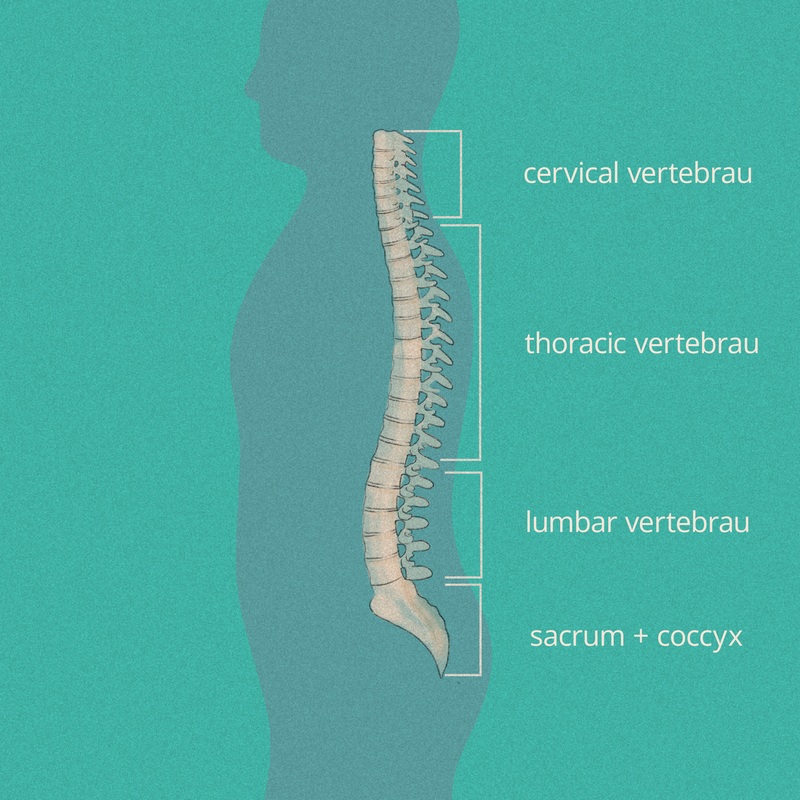
The Pelvis
This bone structure connects your spine to your legs and is important for backbends. If your pelvis tilts forward (anterior pelvic tilt), it can increase the curve in your lower back, causing compression and pain. On the other hand, a neutral pelvis helps distribute the bend more evenly throughout your entire spine.
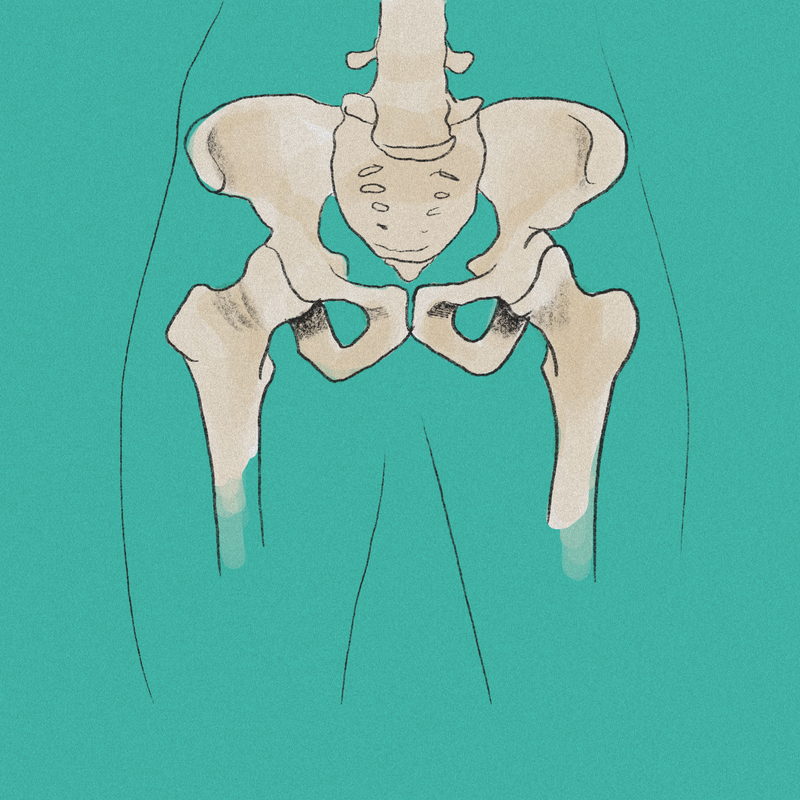
Muscles
Key muscle groups include the abdominal muscles, which support the spine from the front, and the back muscles, which support from the rear. The hip flexors, which connect your pelvis to your thighs, can also impact your lower back's alignment. Tight hip flexors may pull the pelvis forward, increasing strain on the lower back.
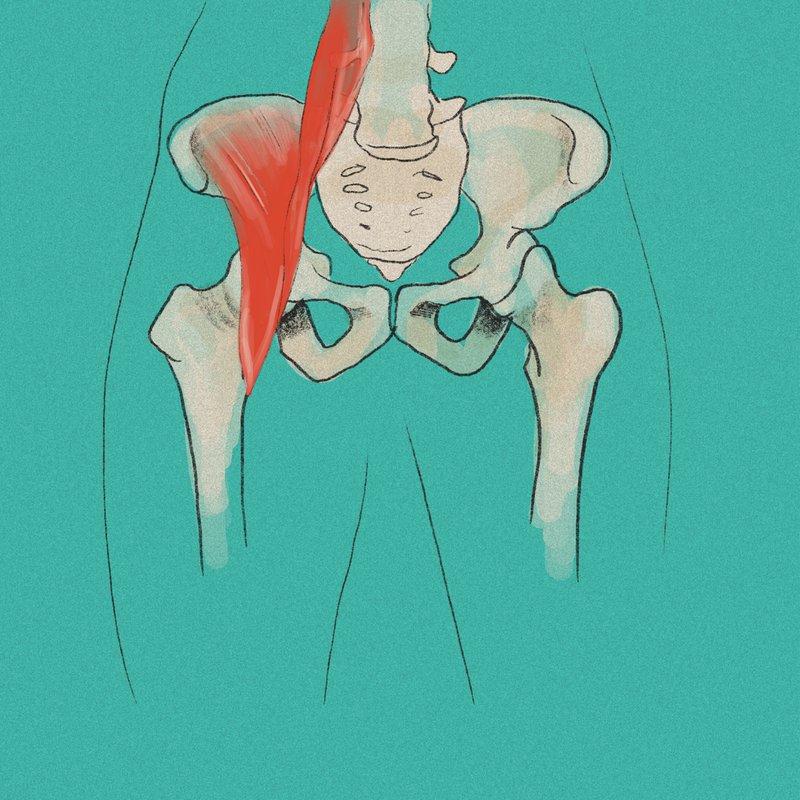
The Intervertebral Discs
These are the cushions between your vertebrae. In a healthy backbend, these discs compress evenly, but uneven distribution of movement can lead to uneven compression, contributing to pain.
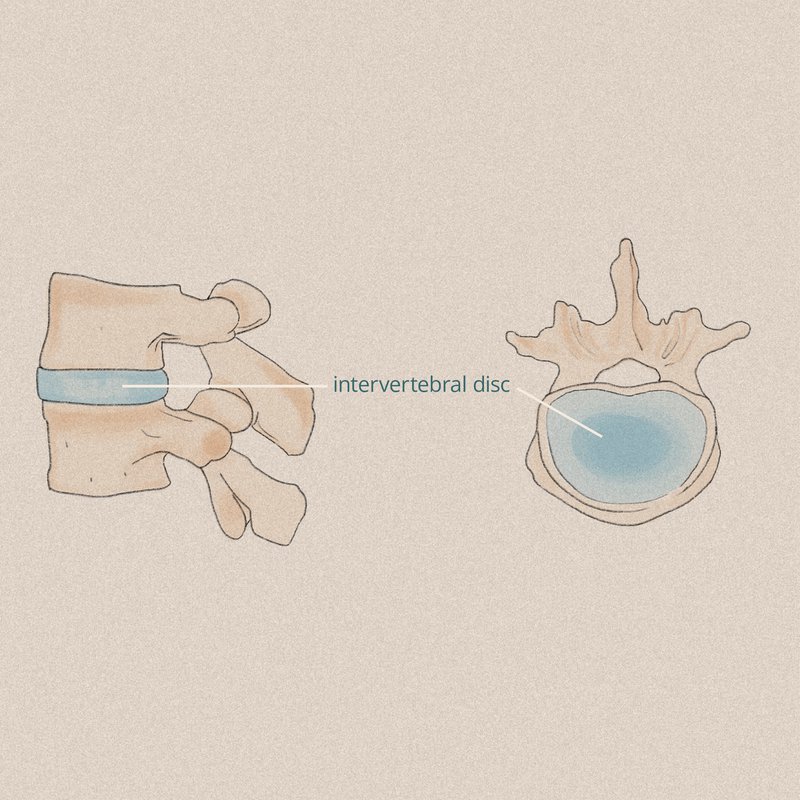
Nerves
The spinal column also houses nerves running throughout your body. Excessive bending or compression in the spine can irritate these nerves, causing pain or discomfort.
The Cobra Pose: A Detailed Guide
Now that you are familiar with the anatomy we will be working with, you can follow along with Brea in the video below or use the following point-by-point guide to try it yourself.
- Start Position:
- Lie flat on your stomach with your legs straight behind you.
- Place your hands flat on the ground under your shoulders.
- Keep your elbows close to your body.
- Prepare Your Pelvis:
- Focus on your pelvic bones, especially the pubic symphysis at the front. The pubic symphysis is located right at the front and center of your pelvis.
- Gently point your tailbone towards your heels.
- Feel a slight lift of your pubic symphysis, keeping it gently connected to the floor.
- Focus on your pelvic bones, especially the pubic symphysis at the front. The pubic symphysis is located right at the front and center of your pelvis.
- Engage Your Legs:
- Press the tops of your feet gently into the floor.
- Activate your legs lightly, without tensing up excessively.
- Ensure your glutes are engaged but not clenched.
- Initiate the Cobra:
- Keeping your pubic symphysis and feet anchored, start to lift your head and chest.
- Focus on lengthening your spine as you lift, rather than bending it sharply.
- Maintain Alignment:
- Keep your shoulders relaxed and away from your ears.
- Ensure your neck is a natural extension of your spine, not craned upwards.
- Control Your Height:
- Lift only as high as you can while maintaining a long spine and connected pelvis.
- Remember, the height of the lift is not as important as the quality of the spinal extension.
- Hold and Breathe:
- Hold the pose for a few breaths, focusing on the length of your spine and the stability of your pelvis.
- Breathe evenly and deeply, maintaining a relaxed yet engaged posture.
- Gently Release:
- Slowly lower your chest and head back to the floor.
- Relax your legs and pelvis as you settle back into the starting position.
The Philosophy of Pain-Free Backbends
Achieving pain-free backbends in yoga, such as the Cobra pose, isn't just about physical alignment; it's also about understanding and respecting the body's limits and capabilities. Here are key principles to guide you towards comfortable and beneficial backbends:
- Listen to Your Body:
- Pay attention to the signals your body sends. Discomfort or pain is a sign to adjust your posture or reduce intensity.
- Remember, each body is unique, and what works for one person may not be suitable for another.
- Focus on Even Distribution:
- Instead of concentrating the bend solely in your lower back, aim to distribute it evenly along the entire spine.
- This approach reduces the risk of straining the lumbar region and encourages a more balanced backbend.
- Engage Supporting Muscles:
- Strengthen and engage your core and back muscles. These muscles support the spine and can alleviate unnecessary pressure on the lower back.
- Activating the leg muscles also aids in stabilizing the pelvis, which is crucial for a healthy backbend.
- Prioritize Spinal Length over Depth:
- Emphasize lengthening the spine rather than bending it deeply. This helps in maintaining the natural curvature of the spine and reduces compression.
- The depth of the bend is less important than the quality and integrity of the movement.
- Incorporate Gradual Progression:
- Begin with less intense backbends and gradually progress to more advanced poses as your strength and flexibility improve.
- This gradual approach allows the body to adapt safely and reduces the risk of injury.
- Use Breath as a Guide:
- Maintain a steady, even breath throughout your practice. If your breathing becomes strained or irregular, it may be a sign to ease up.
- Breathing deeply and calmly can also help in releasing tension in the back.
- Avoid Over-Striving:
- Resist the urge to push your body into deeper poses before it's ready. Over-stretching can lead to muscle strain and spinal misalignment.
- Celebrate the progress you make and understand that yoga is a journey, not a destination.
Heart + Bones members have access to programming and playlists that support wellness and mobility goals, emphasizing the importance of consistency. Consistency is crucial for maintaining a happy and pain-free lower back. By understanding your body's need for time and adhering to these principles, you can work towards backbends that feel good, helping you achieve a strong, flexible, and pain-free back.

